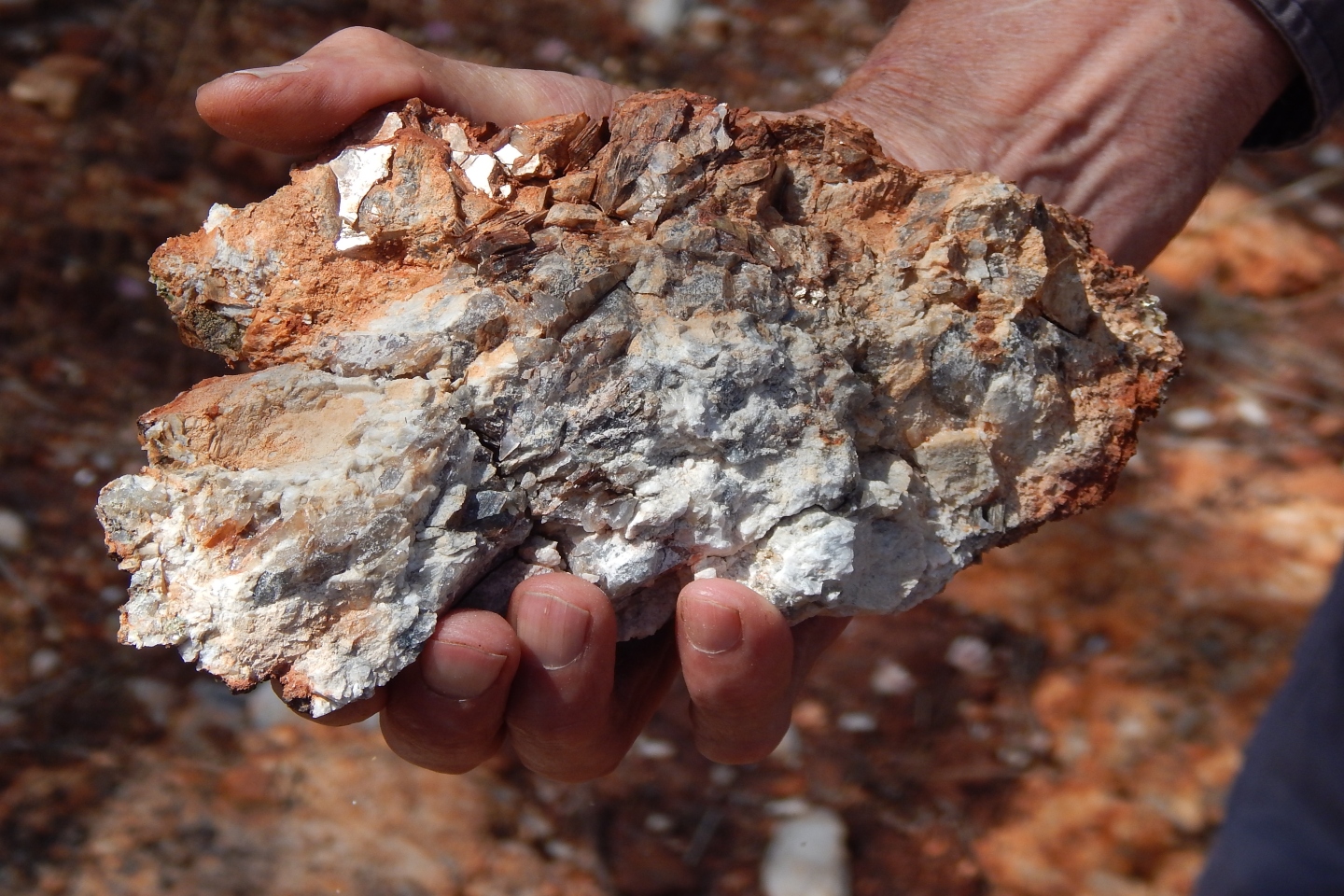Terrain Minerals has unveiled what it believes are the early signs of a significant rare earths discovery, with high-grade gallium as an added bonus, at its Larin’s Lane project in Western Australia’s Mid West region. The company says the first results from its drilling at the project last December include gallium oxide grades of up to 57 grams per tonne.

Terrain Minerals has unveiled what it believes are the early signs of a significant rare earths discovery, with high-grade gallium as an added bonus, at its Larin’s Lane project in Western Australia’s Mid West region.
The company says the first results from its drilling at the project last December include gallium oxide grades of up to 57 grams per tonne. From 537 results received so far, 17 holes show grades between 39g/t and 57g/t gallium oxide, with three notable intercepts of 4m at 57g/t, 4m at 48g/t and 20m going 48.33g/t.
The global supply for gallium, which is used to make alloys with low melting points and is also seen to have critical value in many burgeoning clean energy industries, is now sitting at an intriguing point after China – almost the world’s exclusive supplier of the commodity – last year declared an export ban for the rare silvery metal.
It has left semi-conductor chip-makers, particularly in the United States, Europe and Asia, seeking reliable supply from outside China. And that would be fuelling Terrain’s mission to further explore its gallium potential.
The company’s maiden air-core (AC) drilling program also yielded encouraging rare earths results including 13m at 1069 parts per million total rare earth oxides (TREO) from 80m, 18m going 1004ppm TREO from 84m, 3m running 2101ppm TREO from 28m and 4m yielding 2516ppm TREO from 72m.
Suggesting significant potential upside, management says its initial data is limited as just a quarter of the total number of samples have been analysed to date. Only four holes out of the total of 101 holes for 6611m of drilling have been fully analysed.
Importantly, only about half of the tested samples have been submitted for a full suite of rare earths and gallium, meaning that some holes remain open and untested. Terrain says that subject to results yet to come, it will consider submitting some, or all of its remaining 1252 bagged 4m composite samples.
Management says most of the samples are from the regolith-bedrock interface, sometimes referred to as “bottom-of-hole” sampling when the selected drilling method can not penetrate too far below the interface due to increasing rock hardness.
googletag.cmd.push(function() { googletag.display('bn-dfp-article-lb2-advert'); });In the case of Larin’s Lane, the interface corresponds with the bottom 10m to 15m of each hole. Geochemically, it is a favoured sampling location for detecting mineralisation haloes away from the influence or dilution of excessively weathered or leached near-surface material or recent overlying humic materials, windblown sands and sheetwash silts.
Terrain says the rare earths anomalism has been picked up over a strike distance of about 5km at Larin’s Lane. There is also a further 3km northward strike continuation of the defined anomalism that remains undrilled and appears to remain open in all directions.
As not all of the gallium results are to hand, it is too early to tell what its extent could be.
Elemental gallium is a relatively soft, silvery metal at standard temperature and pressure. Its melting point is 29.76oC and its boiling point is 2400oC. In its liquid state, it becomes silvery white.
Most gallium is used in electronics, commonly in semi-conductors, transistors, small electronic devices and light-emitting diodes (LEDs). It can also be used to make thermometers and mirrors.
Terrain has noted the significance of clay-hosted rare earths mineralisation in its 100 per cent-held Smokebush ground and its incidence throughout broad areas of the Mid-West – notably at Venture Minerals’ Jupiter discovery, just 80km south-west of Mt Magnet and about 80km north of Larin’s Lane.
Terrain has tested potentially rare earths-enriched clays to about 95m depth at the eastern end of the pattern, to about 70m in the central area between 20m and 40m deep in the west of the Larin’s Lane grid. It believes that sort of volume could add up to a major potential resource.
In assessing the rare earths potential at Larin’s Lane, the company has come up with a unique bonus by way of the high grades of gallium, which could become a second potentially significant commodity that sits high on the critical commodity risk assessment table and has a current market price of about US$290 (AU$439) per kilogram.
Terrain says it will continue to assess both the gallium and rare earths potential at Larin’s Lane and its Lort River projects in WA’s South West region and it has received unrelated third-party expressions of interest relating to both commodities.
Management is considering metallurgical testwork and is in discussions with a leading consultancy to assist in working towards a JORC-compliant estimated exploration target scale for a combined Larin’s Lane rare earths and gallium project to help it gauge the long-term potential of the project.
Is your ASX-listed company doing something interesting? Contact: matt.birney@businessnews.com.au















